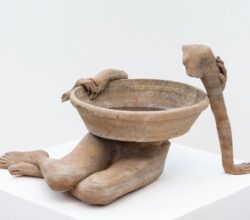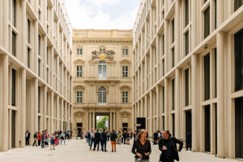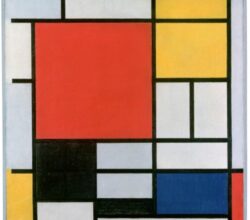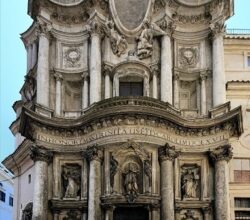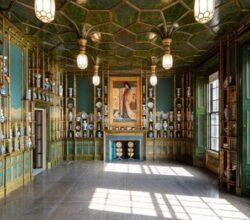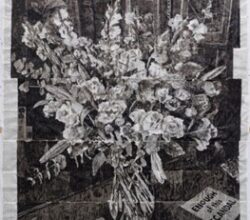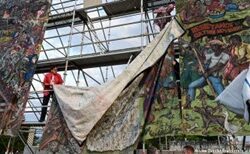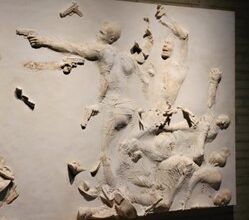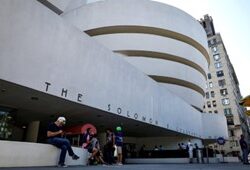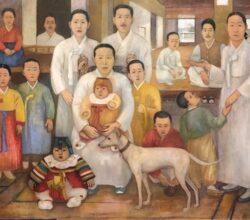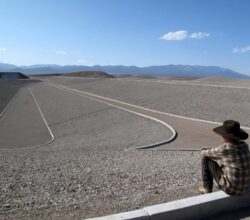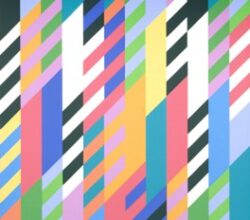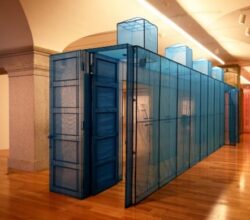
Do Ho Suh’s Translucent Architectures
Lucy Ives | Frieze | 21st September 2022
“Home”, says Suh, “is what we carry with us”. That’s a neat introduction to his distinctive sculptures of house interiors and household objects that he makes with transparent polyester fabric. His pieces are often at a 1:1 scale, a rather sharp contradiction to their “diaphanous” appearance. Says the reviewer, “You feel joy being near one of Suh’s [houses], as well as a certain alarm … we recognize Suh’s structures as architecture, even as we see them as insubstantial, kite-like entities”.

